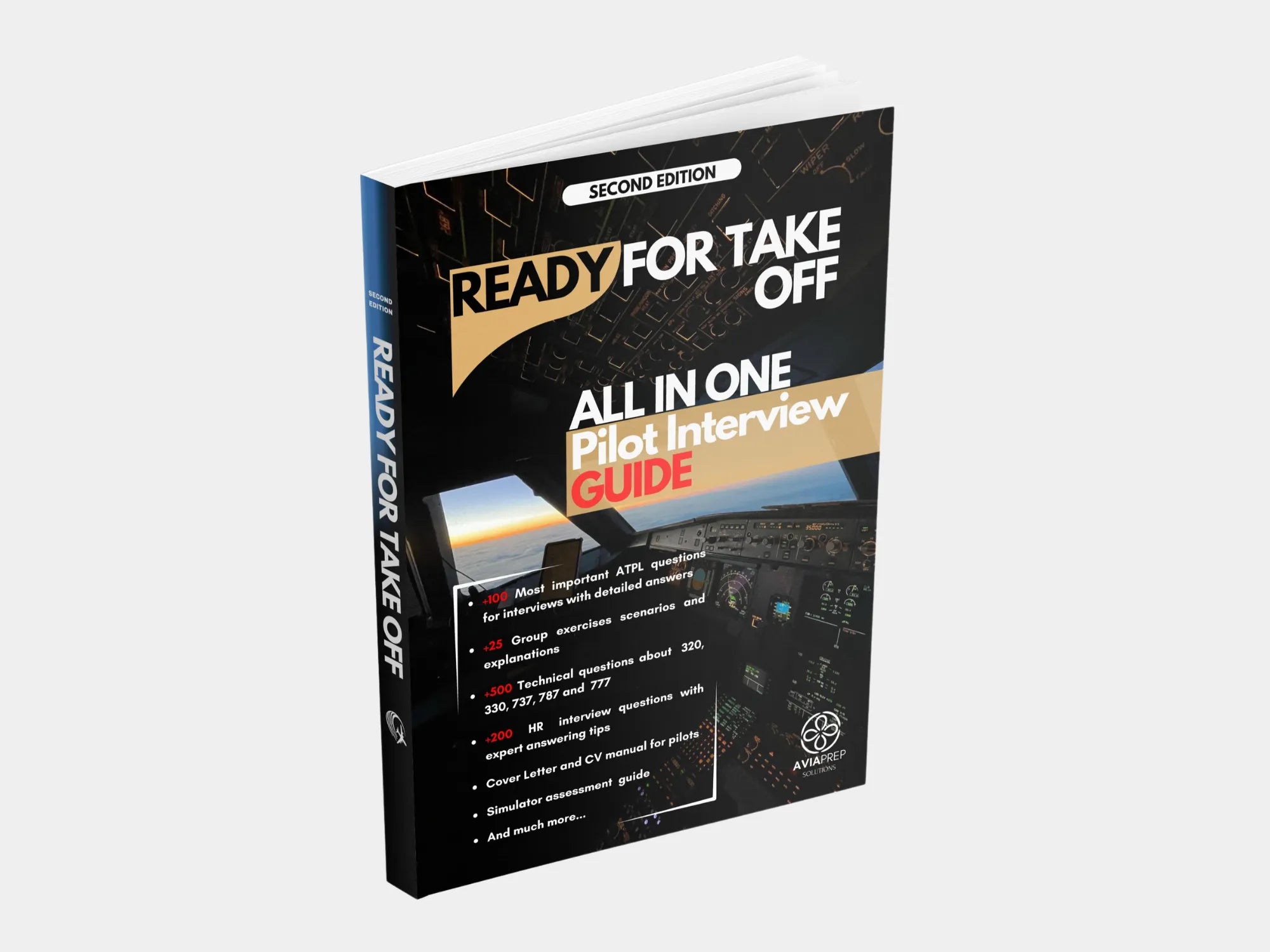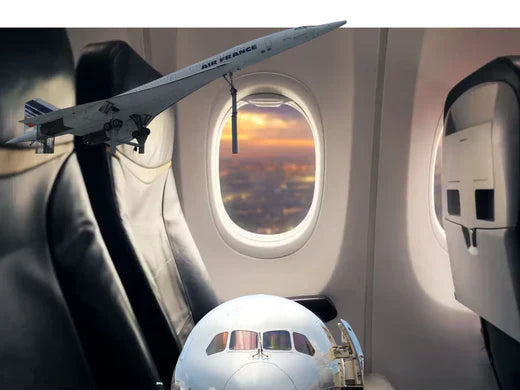Introduction
The aviation industry is ruled by strict regulations to ensure safety and efficiency, and age limits for pilots are an essential aspect of these rules. Aspiring pilots often wonder about the appropriate age to start their training and the age at which they must retire. In this article we will talk about the minimum and maximum age requirements for pilots.
Minimum Age to Start Pilot Training
Private Pilot License (PPL)
To obtain a Private Pilot License (PPL), the minimum age requirement varies by country but generally aligns with international standards. According to the Federal Aviation Administration (FAA), you must be at least 17 years old to obtain a PPL in the United States. In Europe, the European Union Aviation Safety Agency (EASA) also sets the minimum age at 17.
For more details, you can visit:
Commercial Pilot License (CPL)
For a Commercial Pilot License (CPL), the minimum age is higher due to the increased responsibility and complexity of commercial flying. In the United States, the FAA requires candidates to be at least 18 years old to start CPL training. EASA follows similar guidelines, requiring candidates to be at least 18 years old.
Airline Transport Pilot License (ATPL)
The Airline Transport Pilot License (ATPL) is the highest level of pilot certification and comes with stringent age and experience requirements. The FAA mandates that candidates be at least 23 years old to obtain an ATPL. EASA sets the minimum age for ATPL at 21 years.
Maximum Age to Become a Pilot
Mandatory Retirement Age
The maximum age for pilots primarily concerns mandatory retirement, which varies by country and type of operation. For commercial airline pilots, the International Civil Aviation Organization (ICAO) sets a mandatory retirement age of 65. This standard is adopted by most countries, including the United States and European nations.
For more information, you can check:
While 65 is the standard retirement age for commercial airline pilots, there are some exceptions:
- General Aviation: Pilots flying private or recreational aircraft are not subject to the same age restrictions. They can continue flying as long as they pass the required medical examinations.
- Special Certifications: In some cases, pilots over the age of 65 can continue flying commercially if they meet specific criteria and are granted special certifications. This is less common and often subject to rigorous health and performance assessments.
Medical Fitness and Age
A critical factor in determining a pilot’s eligibility to fly, regardless of age, is medical fitness. Pilots must regularly pass medical examinations to ensure they are physically and mentally fit to operate an aircraft safely.
Medical Certificates
- Class 1 Medical Certificate: Required for commercial pilots. Valid for 12 months for pilots under 40 and 6 months for those over 40.
- Class 2 Medical Certificate: Required for private pilots. Valid for 60 months for pilots under 40 and 24 months for those over 40.
- Class 3 Medical Certificate: Required for recreational pilots in the United States. Valid for 60 months for pilots under 40 and 24 months for those over 40.
For more detailed information, visit:
Advantages of Starting Pilot Training at Different Ages
Young Starters
Starting pilot training at a young age has several advantages. Younger individuals typically have more time to accumulate flight hours and experience, which is essential for advancing to higher levels of certification and securing desirable positions in major airlines.
1. Building Experience Early:
Beginning pilot training in your late teens or early twenties allows ample time to gain the necessary flight hours and experience required for advanced certifications like the ATPL. This can lead to a longer career span in commercial aviation and a faster track to senior positions within airlines.
2. Adaptability and Learning:
Younger trainees often find it easier to adapt to new technologies and learning environments. The aviation industry continually evolves, with advancements in aircraft technology and navigation systems. Starting young means you can grow with these changes, keeping your skills and knowledge current.
3. Long-Term Career Prospects:
A head start in your aviation career means more time to explore different opportunities within the field. Whether it’s becoming a flight instructor, transitioning to cargo operations, or moving into airline management, starting early provides the flexibility to diversify your career path over time.
Mature Starters
Older individuals bring unique advantages to pilot training, including maturity, life experience, and often a more stable financial situation. These qualities can contribute to a disciplined and focused approach to training.
1. Financial Stability:
Mature individuals may have the financial resources to support their training without the need for loans or financial aid. This stability can reduce stress and allow for a more focused training experience.
2. Life Experience:
With age comes experience, which can be beneficial in managing the responsibilities and pressures of being a pilot. Mature trainees may bring skills from previous careers that are transferable to aviation, such as problem-solving, decision-making, and leadership.
3. Immediate Focus:
Older students often approach training with a clear purpose and motivation. They are likely to be more disciplined and goal-oriented, leading to a potentially more efficient training process.
When is the Best Time to Start Pilot Training?
Determining the best time to start pilot training depends on individual circumstances, including personal goals, financial readiness, and career aspirations. Here are some considerations:
1. Personal Readiness:
Regardless of age, being mentally and physically prepared for the rigorous demands of pilot training is crucial. Ensure you have the dedication, focus, and health to commit to the program.
2. Financial Planning:
Pilot training is a significant financial investment. Assess your financial situation and explore funding options like scholarships, loans, or sponsorships from airlines. For financial assistance and scholarship opportunities, visit AOPA Flight Training Scholarships.
3. Career Goals:
Define your long-term career goals in aviation. Whether you aim to fly for major airlines, work as a flight instructor, or pursue corporate aviation, your goals will influence the timing and type of training you undertake.
4. Timing and Opportunities:
Consider the current state of the aviation industry. The demand for pilots can fluctuate based on economic conditions, airline hiring trends, and technological advancements. Stay informed about industry trends to time your entry into training for maximum career opportunities. If you want to prepare for a pilot assessment, get our book and ace your interview!
Conclusion
The aviation industry offers opportunities for aspiring pilots of various ages. While there are minimum age requirements to start training and a mandatory retirement age for commercial pilots, general aviation allows for more flexibility. Medical fitness remains a crucial factor throughout a pilot's career, ensuring that they can safely operate an aircraft.
























